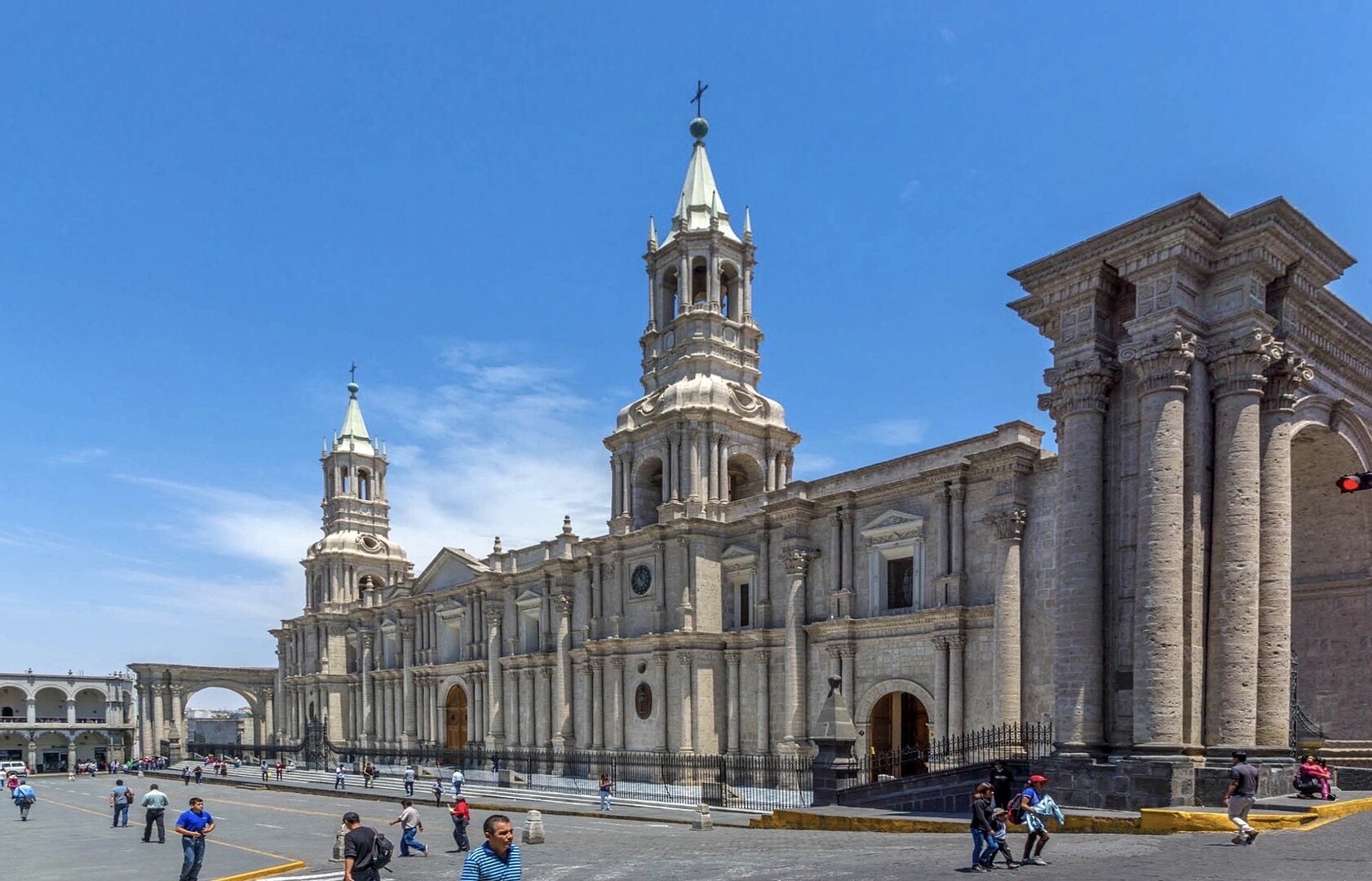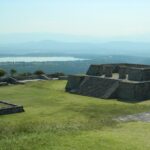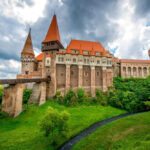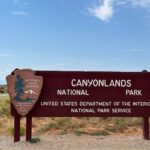Quick Bits:
Arequipa is a captivating city in southern Peru. Framed by towering volcanoes and rich with history, it carries the nickname “La Ciudad Blanca” or the White City. This name comes from the gleaming white sillar stone used in many of its colonial buildings.
While it’s the second-largest city in Peru, Arequipa offers a calm and elegant pace. The city blends natural beauty, cultural heritage, and outdoor adventure. It serves as a gateway to deep canyons, highlands, and culinary discoveries.
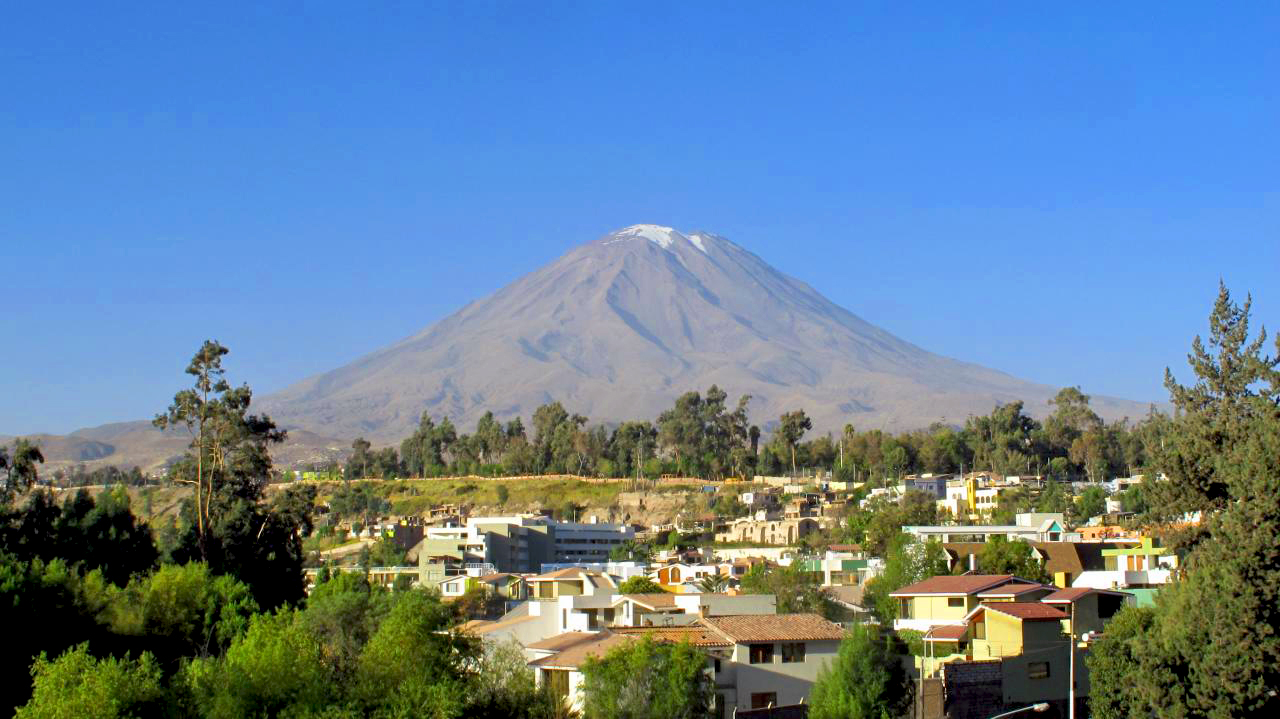
Image by: Los viajes del Cangrejo – Via Wikipedia
Key Highlights
- Second-largest city in Peru after Lima
-
Surrounded by three volcanoes: Misti, Chachani, and Pichu Pichu
-
Historic city center is a UNESCO World Heritage Site
-
Known for white volcanic stone architecture
-
Strong local identity distinct from other Peruvian regions
-
Home to Monasterio de Santa Catalina and Colca Canyon
-
Pleasant year-round weather.
General Information
Arequipa lies in the Andes Mountains at 2,335 meters (7,661 feet) above sea level. The elevation gives it a highland desert climate. Spanish colonists founded the city in 1540, though Indigenous people had lived there long before.
The city has a population of around 1 million. Despite its size, it maintains a relaxed atmosphere. Its colonial-era center is filled with plazas, churches, and historic homes. Arequipa is also an economic hub, with strong ties to agriculture, mining, and manufacturing.
Spanish is the primary language. Locals speak with a smooth accent. Quechua and Aymara, Indigenous languages, are also present in rural areas. Peruvian Sol is the currency. Cash is widely used, but cards are common in tourist spots.
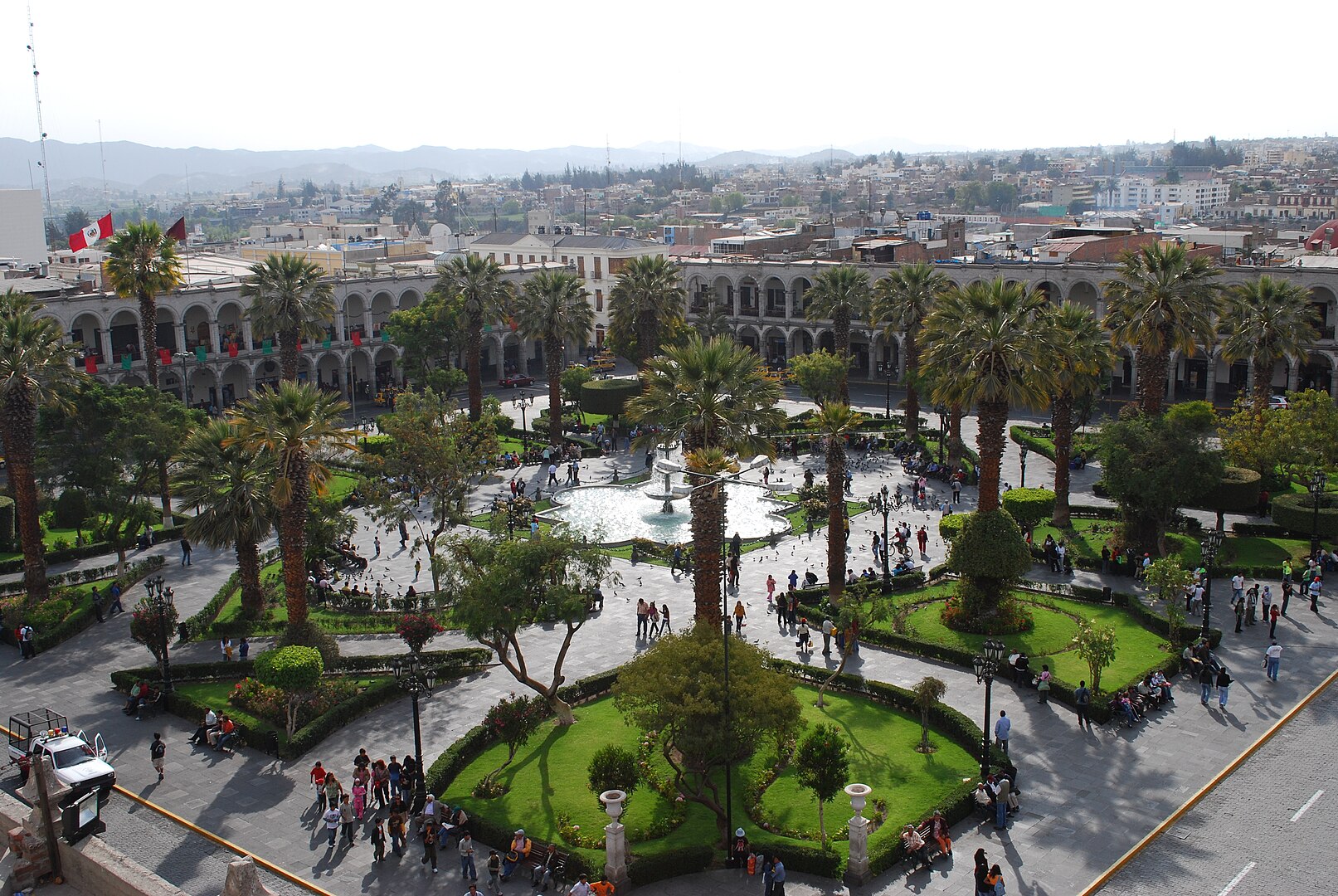
Image by: Ivan Mlinaric- Via Wikipedia
Geography Information
Arequipa’s landscape shifts quickly from urban to wild. The city sits in a valley surrounded by three dramatic volcanoes. Misti, with its symmetrical cone, stands as the city’s natural mascot. It reaches 5,822 meters (19,101 feet). Chachani and Pichu Pichu add to the skyline and offer mountaineering routes.
The terrain includes rivers, deserts, and rugged highlands. The Chili River flows through the city and waters the fertile countryside. The high altitude offers clear skies and low humidity.
Beyond the city, landscapes turn extreme. Colca Canyon, one of the world’s deepest canyons, lies a few hours away. This region mixes steep cliffs, terraced farms, and thermal springs.
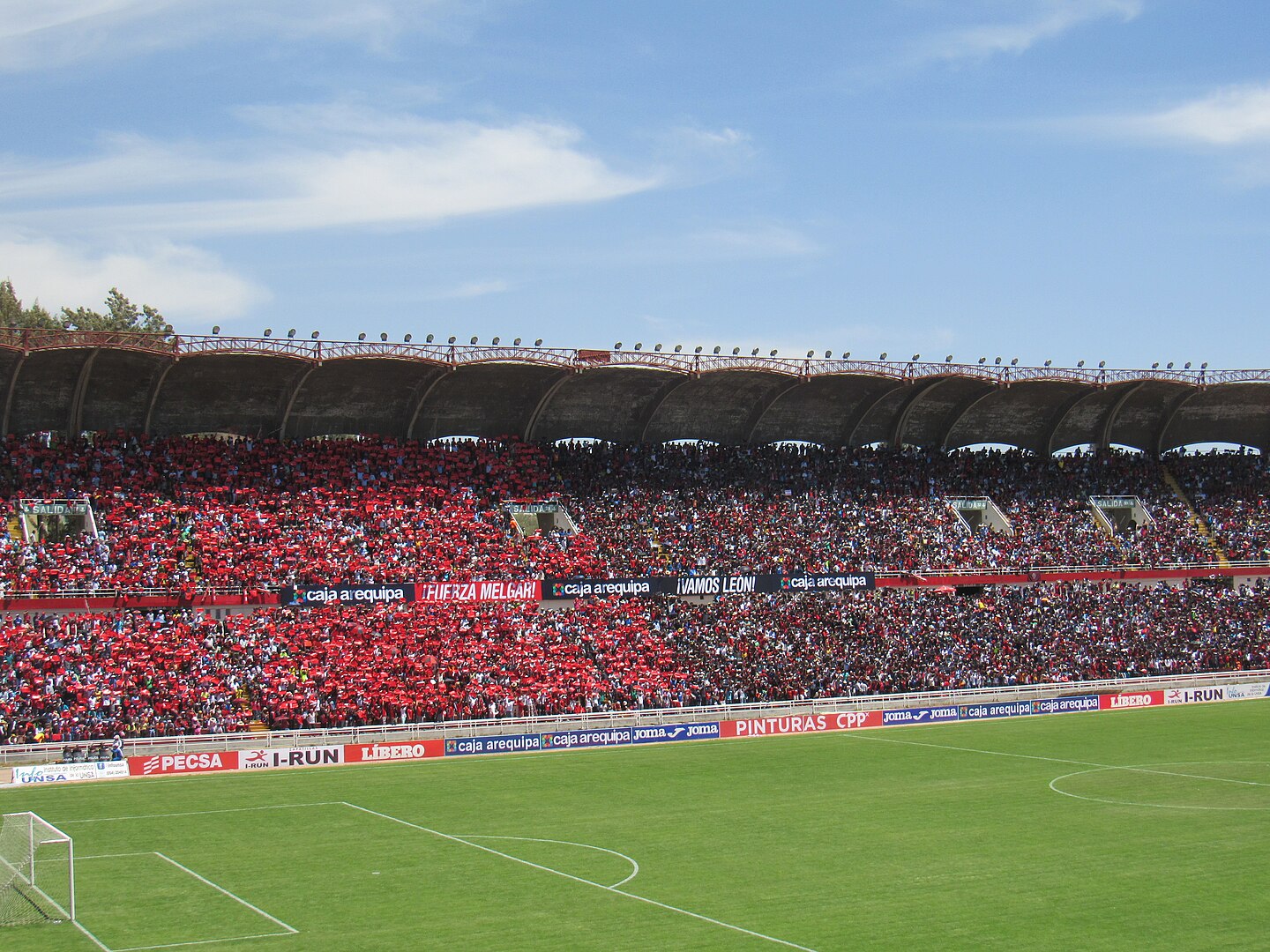
Image by: Rojinegro81 – Via Wikipedia
Places to Visit
1. Plaza de Armas
The heart of the city. Surrounded by grand colonial arcades, cafes, and the impressive Basilica Cathedral. Perfect for people-watching and evening strolls.
2. Santa Catalina Monastery
A city within a city. This 16th-century convent covers over 20,000 square meters. Its narrow alleys, vibrant walls, and silent quarters offer a glimpse into cloistered life.
3. Museo Santuarios Andinos
Home to Juanita, the Ice Maiden. This museum displays the preserved body of an Incan girl found on Mount Ampato. It provides insight into Andean rituals.
4. Yanahuara Viewpoint
This stone balcony offers panoramic views of Arequipa and its volcanoes. Known for its iconic archways and poetic inscriptions.
5. Colca Canyon
One of the deepest canyons on Earth. It’s a haven for hikers and birdwatchers. Spot the majestic Andean condor as it soars through the gorge.
6. Volcano Climbing
For the adventurous, climbs to Misti or Chachani offer a challenge. Both are accessible through guided treks.
7. Sabandía Mill
An old water mill from the 18th century, restored and open to visitors. Surrounded by greenery and traditional farms.
8. La Compañía Church
A Jesuit church known for intricate baroque carvings. Its cloisters and chapel feature fine murals and stonework.
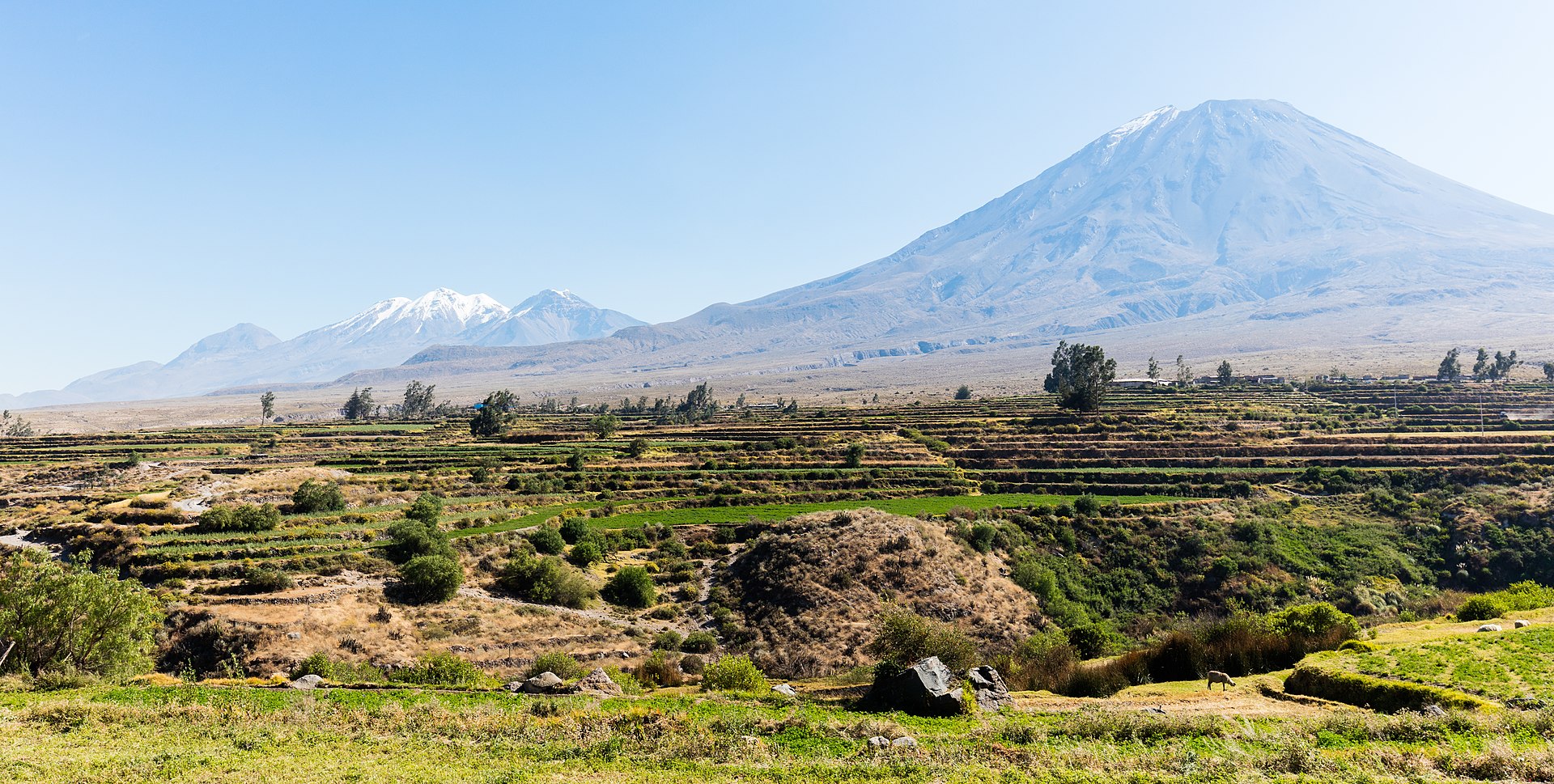
Image by: Diego Delso- Via Wikipedia
Yearly Climate
Arequipa enjoys a mild, dry climate throughout the year. Its location between the coast and highlands shields it from heavy rains. Days are sunny and skies stay mostly clear.
| Season | Temperature Range | Rainfall | Notes |
|---|---|---|---|
| Summer (Dec–Feb) | 15°C – 25°C (59–77°F) | Light to moderate | Warmest period, some showers |
| Autumn (Mar–May) | 12°C – 24°C (54–75°F) | Decreasing rainfall | Crisp air and dry days |
| Winter (Jun–Aug) | 5°C – 21°C (41–70°F) | Almost no rain | Cool mornings, sunny skies |
| Spring (Sep–Nov) | 10°C – 23°C (50–73°F) | Slight increase in rain | Pleasant and bright |
Humidity levels are low. Sunscreen and hydration are important due to the high UV exposure. Nights can be chilly even when the days are warm.
Best Time of Year to Visit
The dry season from April to November brings the clearest skies. June to August is peak season. These months offer ideal weather for hiking, sightseeing, and photography.
Travelers who want fewer crowds can visit in April, May, September, or October. These shoulder months balance great weather with quieter streets. Festivals like Arequipa Day in August bring parades and cultural events.
The rainy months from December to March are not extreme. Light showers in the afternoon may occur, but mornings often stay clear. These months add a splash of green to the landscape.
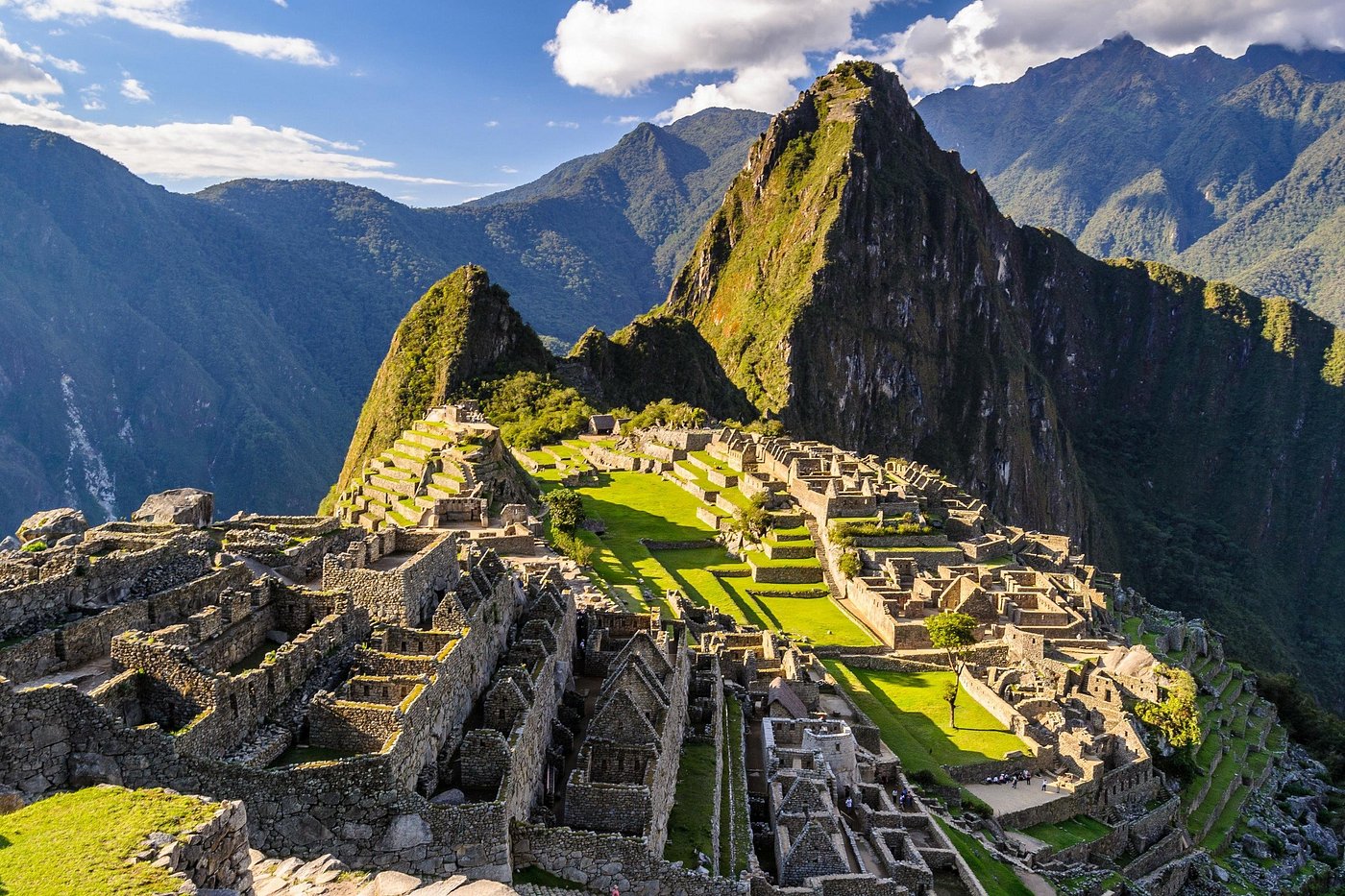
Image From Tripadvisor
In Summary…
Arequipa blends tradition, nature, and hospitality. Its streets echo with history and hum with modern life. Towering volcanoes frame a city full of character. Its food, art, and landscapes leave lasting impressions.
Whether wandering old convents, climbing craters, or savoring alpaca stew, each day brings new textures. Arequipa stands as a living mosaic of stone, sky, and spirit. Its warmth is not in temperature but in welcome.

